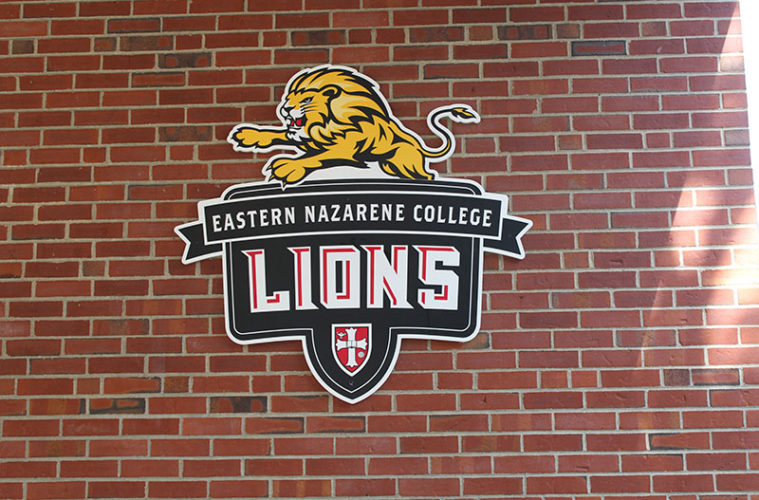Young voters today face the choice of which candidate will be most beneficial to today’s college students as they look to enter the workforce.
As we look across the country, the enrollment numbers for higher education exploded in recent years; according to the National Center for Education statistics, full time student enrollment has jumped by 45%. This rising number can be attributed to a higher level of importance placed on education at home and at school. However, we can also look at the poor economy as a factor when people are choosing whether to attend college.
If the economy is poor, then an investment in oneself is something that the individual has every bit of control over, unlike the unstable economy. Thus, many potential students are choosing to go to school to prolong an entrance into the poor economy and to potentially have an edge in the job market. However, as we know all too well, the more years a student spends at school, the more debt is incurred — a debt that must be paid off after graduation. So the question becomes this: which candidate will be the best president for college students looking to enter the workforce post-graduation?
President Obama talks of investing in Americans by “providing pathways to good jobs.” However, the President vaguely includes how he will help community college students enter the work force, and says nothing regarding those leaving four year institutions. Furthermore, President Obama doesn’t seem to have a feasible job-creation plan at all.
Aside from raising taxes to “invest” in new technologies, the only solution to the dismal job market that the President provides is to remove the tax breaks for big businesses in order to create incentives to keep jobs in the United States. Unfortunately, as noble as it sounds, this plan is not economically plausible.
Placing a higher tax burden will only discourage these companies from staying domestic, as they will have to pay both higher taxes and higher wages to stay in business. This does not equal more jobs, but more layoffs and cutbacks by American businesses.
In contrast, the actual solution is both simple and promising: Governor Romney presents a plan of free trade, free enterprise, and freedom from regulation.
Beginning with the repeal of Obamacare — and a corporate tax of 25% instead of 35% — these simple actions will instantly relieve businesses around the country and allow for expansion, a recipe for making jobs available to students entering the workforce. Moreover, the Governor will institute a 20% tax cut of marginal rates, which will relieve small businesses that make up 54% of the private sector workforce.
It is imperative that tax relief be given to small businesses because owners pay taxes based on personal income, which includes all revenues of the business. Therefore, taxing the rich at a higher rate does not just affect corporate millionaires, but any small business owner whose business made more than $250,000 during the year. If small businesses are unable to expand business, that means 54% of the job market is unavailable for students attempting to get their first job. The answer is simple: we must allow free enterprise to flourish.
As college students, we are here to better our future. In order to do this, we must think beyond the present, and look at which candidate will be most beneficial to our future in the job market. Governor Romney has a plan for economic relief and a prosperous free market.
The choice is simple: we need to take a line from the President and look forward — forward to Romney.

